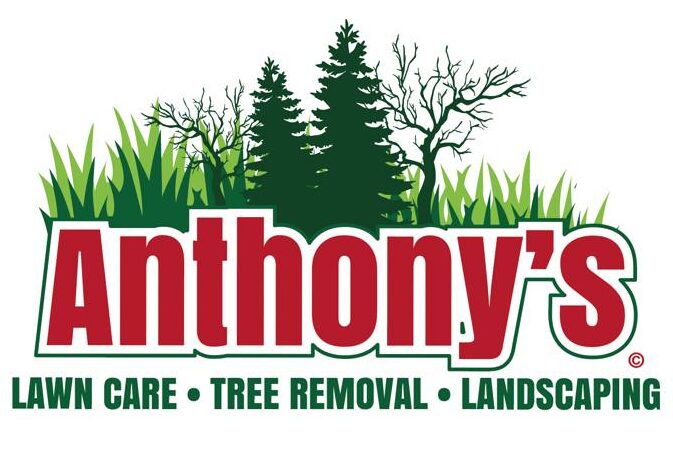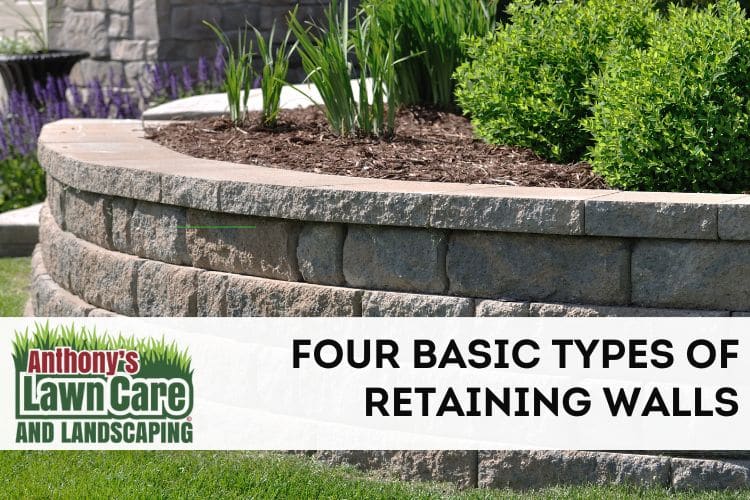Retaining walls are a popular addition to both commercial and residential landscapes for several good reasons. First of all, they are a great way to add drama and interest to an otherwise flat area. Tiered flower beds and planters can also be used to highlight special features such as your home’s entrance. Retaining walls also have practical functions including controlling erosion and managing rainwater flow. There are four common types of retaining walls found in Midwest landscapes and each has its own unique application.
Common Landscape Retaining Wall Types
When you think about retaining walls for your landscape, it may seem like you’re limited but that’s not really true. Retaining walls can be created that suit any landscape or home design. Materials used for retaining walls in residential settings include natural stone, brick, concrete, pavers, wood, steel, and vinyl. Four common styles of retaining wall that can be constructed include:
Gravity Retaining Walls
This is the most basic type of retaining wall. The construction of a gravity retaining wall involves stacking unmortared stone, bricks, and pavers to form a wall. The weight and mass of the wall prevents any soil from escaping. A small trench or concrete footer may be necessary to support a gravity retaining wall, but little else.
Cantilevered Retaining Walls
Also referred to as a reinforced retaining wall due to the steel bars that run through the concrete, this is a favorite for commercial applications. Reinforced retaining walls can also be used in residential settings where there’s a substantial change in elevation or risk of erosion and runoff.
Sheet Piling Retaining Walls
A sheet pile retaining wall consists of a thin wall of steel, wood, or vinyl that is driven directly into the soil. This type of retaining wall is appropriate for areas with softer soils and when space is an issue. Sheet piling retaining walls can be used in a variety of settings including sloped lawns and embankments.
Anchored Retaining Walls
As the name implies, an anchored retaining wall is supported so that it can’t move. This is done by attaching the wall to cables or strips that are driven into the earth and secured. This type of retaining wall is generally used when it’s necessary to use thinner walls or when the load is expected to be high.
What’s the Best Type of Retaining Wall?
There is no one-size-fits-all solution when it comes to landscape retaining walls. In fact, every property is unique and it’s important to make the decision based on the conditions present as well as your goals. Are you looking for retaining walls that pack a visual punch or something a bit more understated? Is erosion a serious issue that threatens your home or other structures? The answers to these questions can help choose a retaining wall style that’s appropriate.
Retaining Wall Installation in Bloomington and the Surrounding Areas
If you’re concerned about soil loss, rainfall flow, or the appearance of your lawn and landscape, contact us at Anthony’s Lawn Care & Landscape. We’ll be happy to work with you to determine if retaining walls are right and if so, what type you need.


Recent Comments